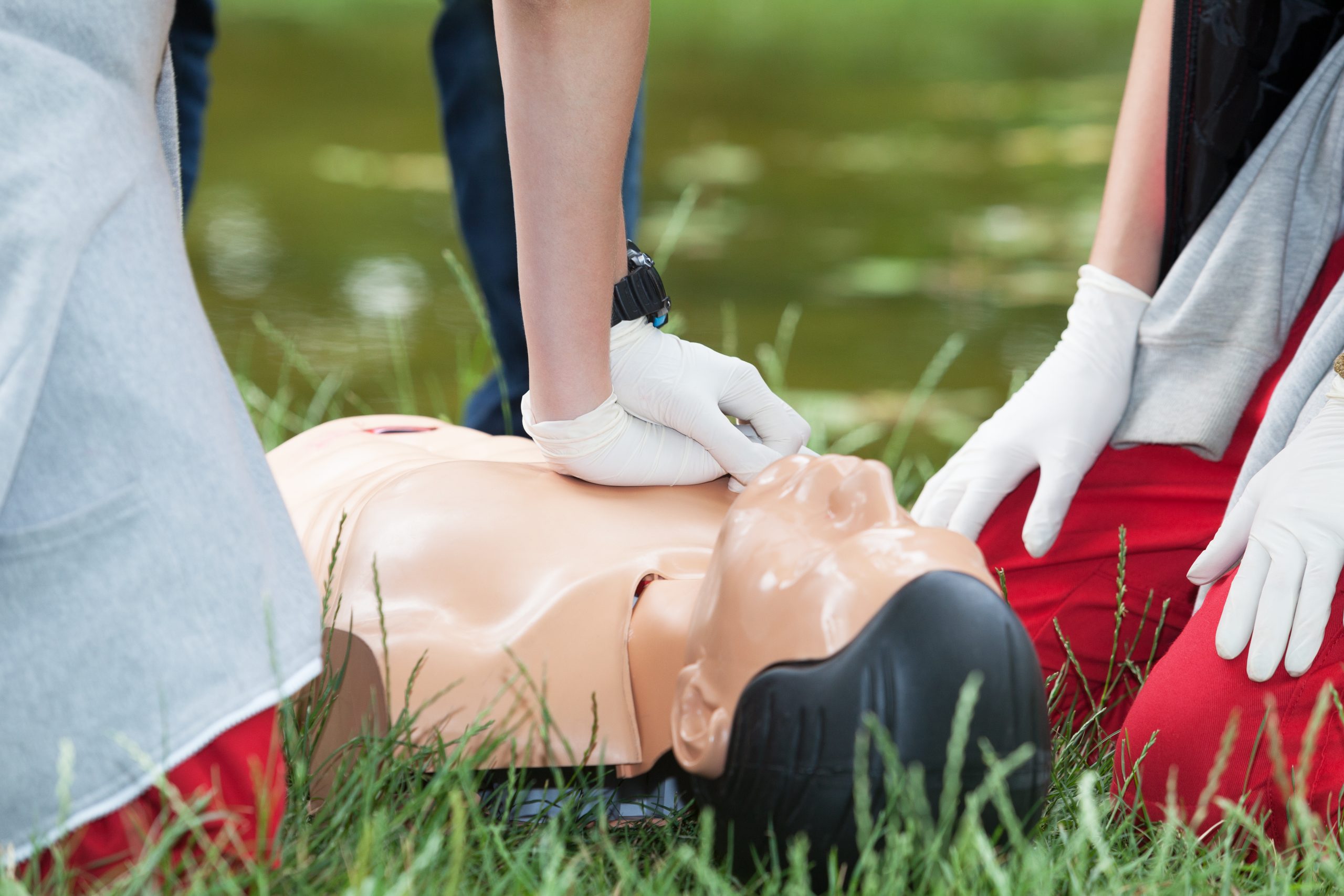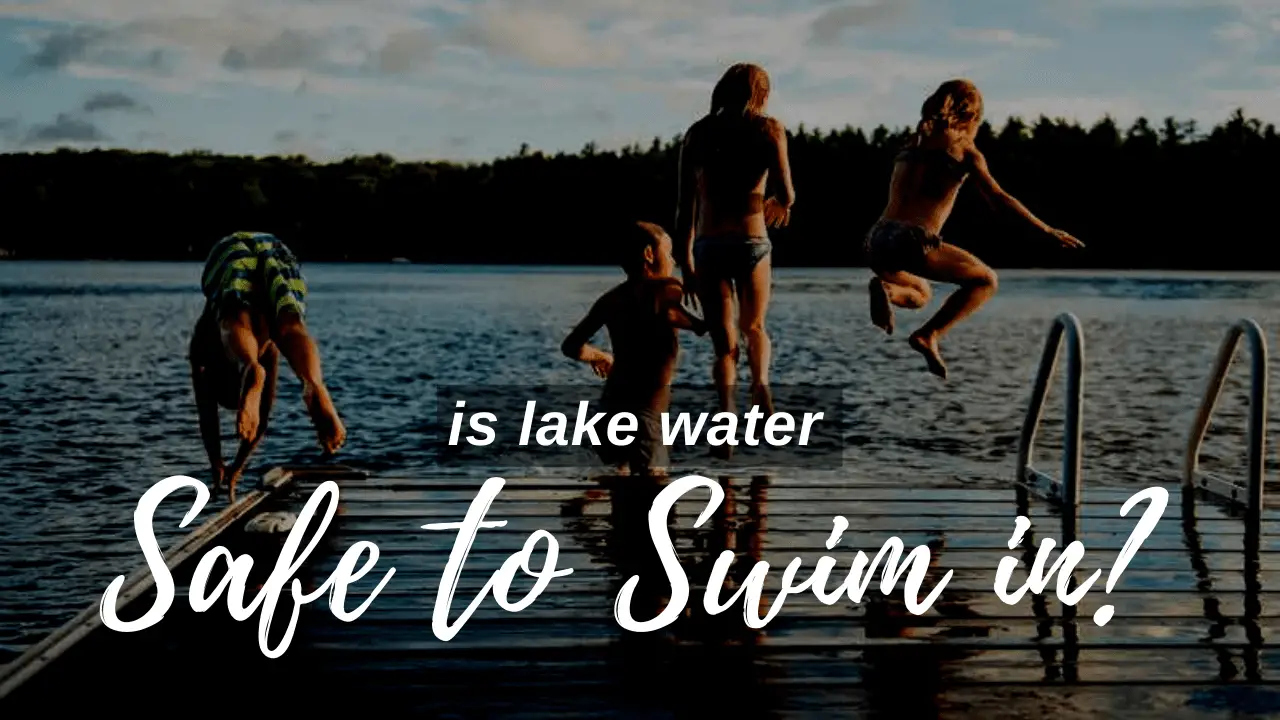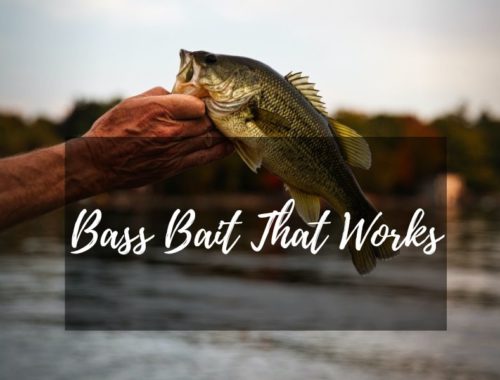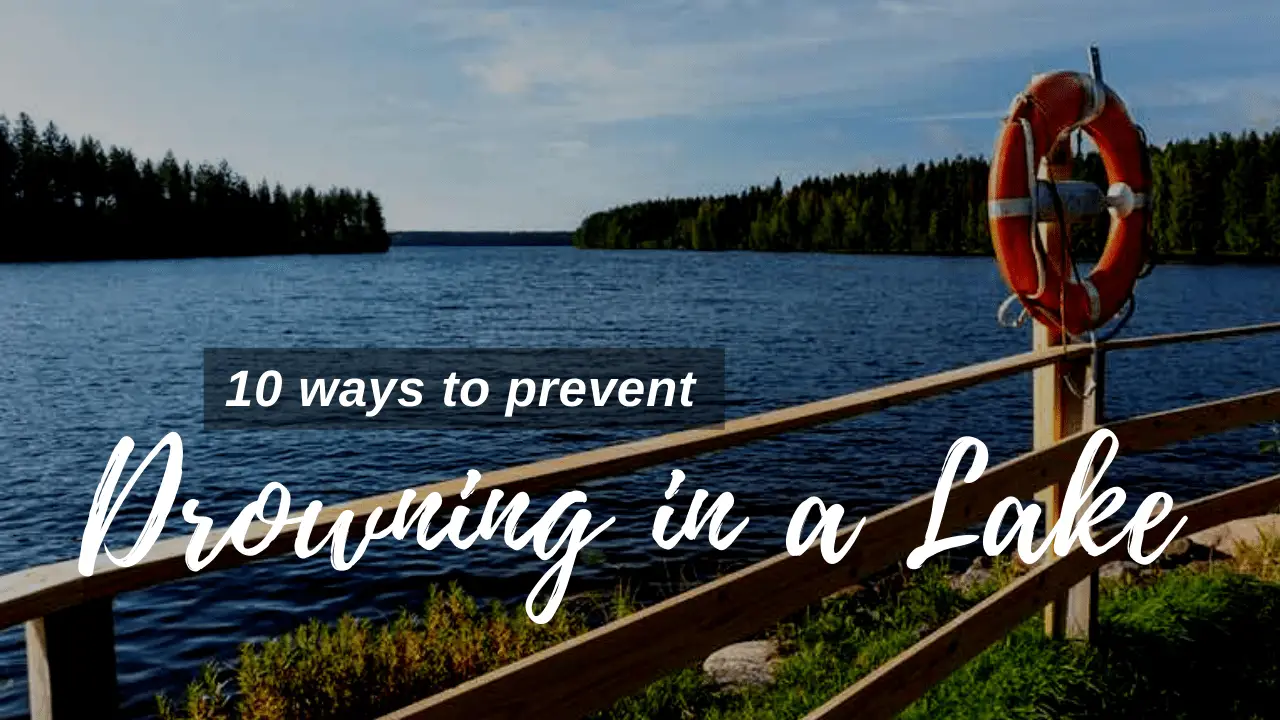
10 Ways To Prevent Drowning In A Lake This Summer; Lake Living Safety Tips
Camping by the lake is one of the most popular family activities during the warm summer season. People found it to be a great way to relax, given the beautiful green sceneries around and the refreshing touch of lake water. Biologist Dr. Wallace J. Nichols, in his book “Blue Mind,” said that being on or near the water can bring on feelings of calm, peacefulness, and general happiness. If you are having difficulty sleeping because of stress and anxiety, you should try lake-living once in a while to improve your overall well-being.
However, it is also important to note the potential safety risks of living near a body of water, especially to small kids. According to the World Health Organization, drowning is the 3rd leading cause of unintentional injury death worldwide, accounting for 7% of all injury-related deaths. Globally, the highest drowning rates are among children 1–4 years, followed by children 5–9 years. While you would not want to replace your family’s excitement with worries, make sure to set relevant safety measures while camping by the lake.
Table of Contents
10 Lake Living Safety Tips
Listen to the weather forecast.
Before you head out with your family to the lake area, do not forget to check your local weather forecast for strong winds or rain throughout the day. Bad weather is the sign you need to skip your camping trip since the water level and current become unsafe for swimming. Depending on your location, you might be experiencing thunderstorms even during the summer season.
Wear life jackets in and around water.
Wearing a life jacket is an essential safety practice whether you are heading out on a boat or going swimming in the lake. The United States Coast Guard’s (USCG) reported that about 84.5 percent of drowning victims are not wearing a life jacket. Besides saving your life, wearing an approved personal floatation device (PFD) also reduces the impact or shock when you first fall in the cold water, preventing hypothermia. Remember to choose a life vest that fits your age and body type and have it appropriately secured at all times.
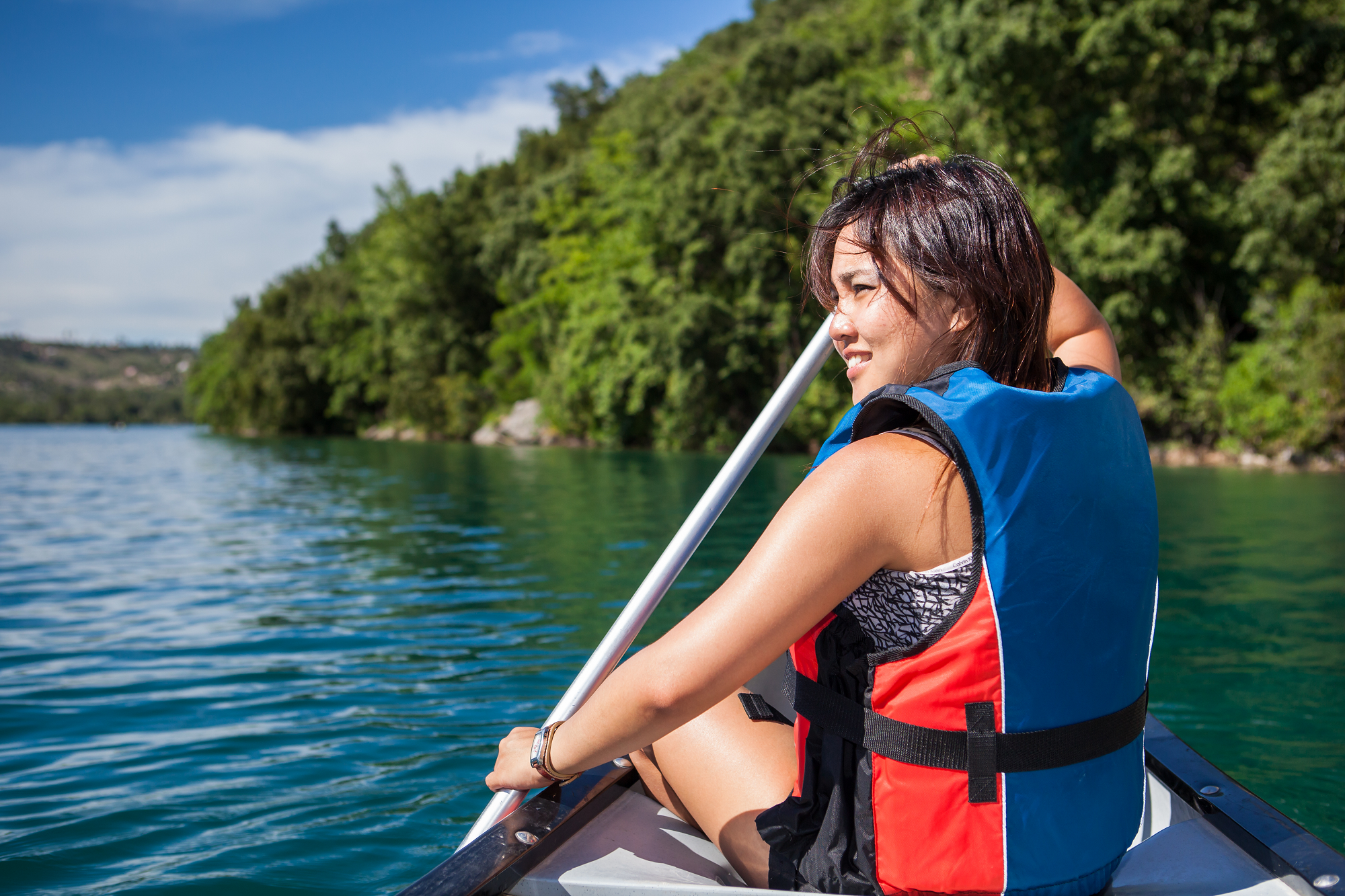
Bring a life-saving floatation device.
Aside from requiring every member of your family to wear life vests, bringing water floats can also help ensure your kid’s safety. Inflatable ride-on, raft-style floats, and lake pads are very easy to carry and add to the outdoor fun. Check out top-grade summer outdoor gear made in the USA.
Stay away from unfamiliar areas in the lake.
When swimming in the lake, do not dare to go away from the crowd of swimmers. Only swim in designated areas supervised by lifeguards. If you would like to go diving, only do so in areas marked for diving. You also have to check for underwater obstacles, such as dams, rocks, and vegetation that might wrap around your feet.
Build a fence around your camping area.
Bringing an easy-to-install fence to your camping trip will not only protect you and your belongings from stray animals but will also provide extra safety for the kids. When camping by the lake, it is very common for kids to end up in the water suddenly. It could happen when you are sleeping inside the tent or busy attending other tasks around the camp. Common ways to build a fence around your campsite include bringing a portable fence or attaching strings to the surrounding trees.
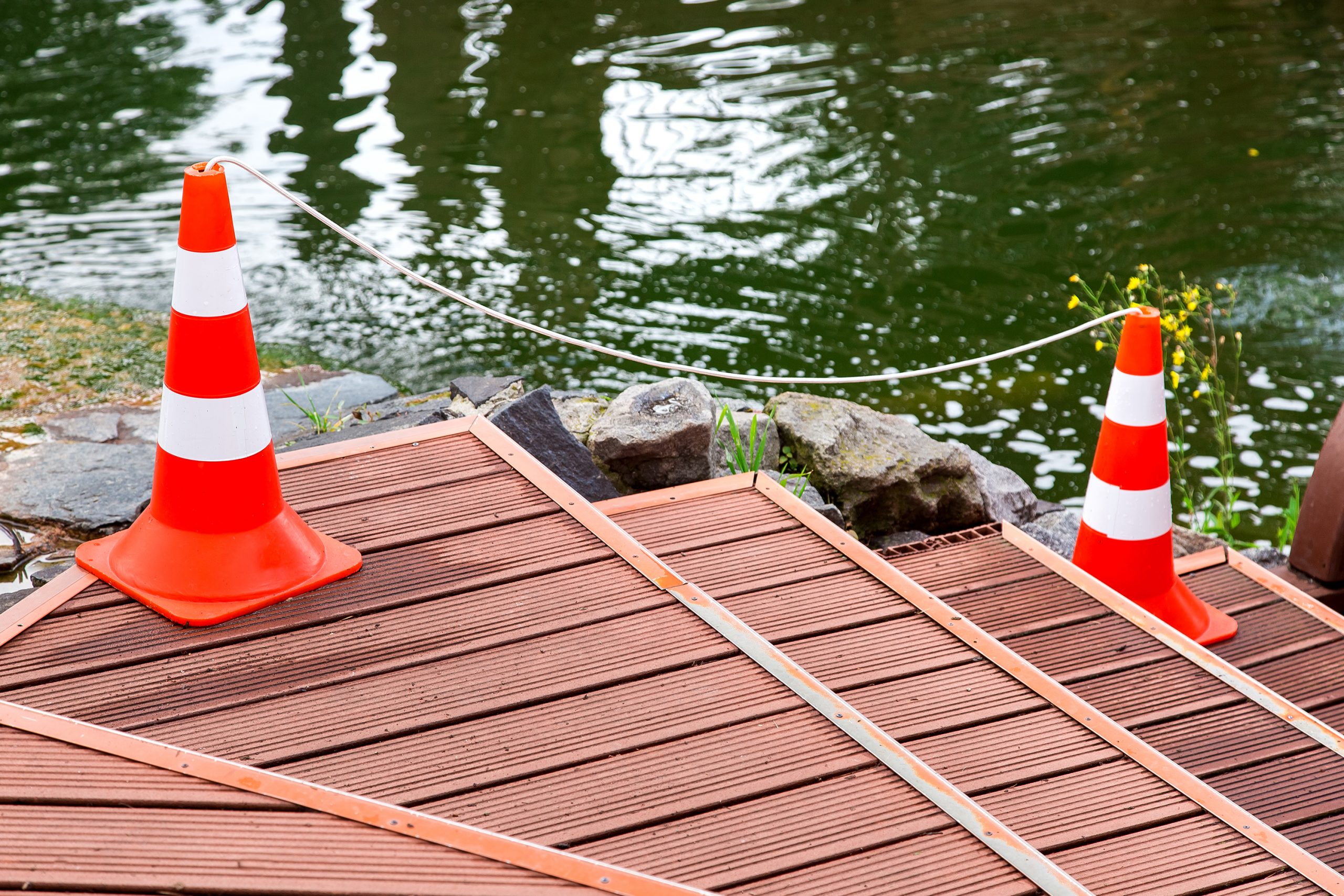
Have your boats checked before use
If you plan to go on a boat tour around the lake, make sure your water vehicle is properly checked by a professional for any repair issues. The U.S. Coast Guard Auxiliary and U.S. Power Squadrons offer complimentary boat examinations. They do that to verify the presence and condition of specific safety equipment required by state and federal regulations—Discover Boating. To add, do not forget to take a boating course to learn significant rules while on water.
Do not let the kids go swimming alone.
Camping by the lake is not just solely an adventure; it comes with the responsibility of keeping your kids away from harm. It would be best if you made your children understand that they cannot be near the water without an adult accompanying them. The American Red Cross suggests you avoid distractions when supervising children around water. It may also help to add other camping activities, such as going on a nature walk or playing cards or board games, so kids do not think about going to the water all the time.
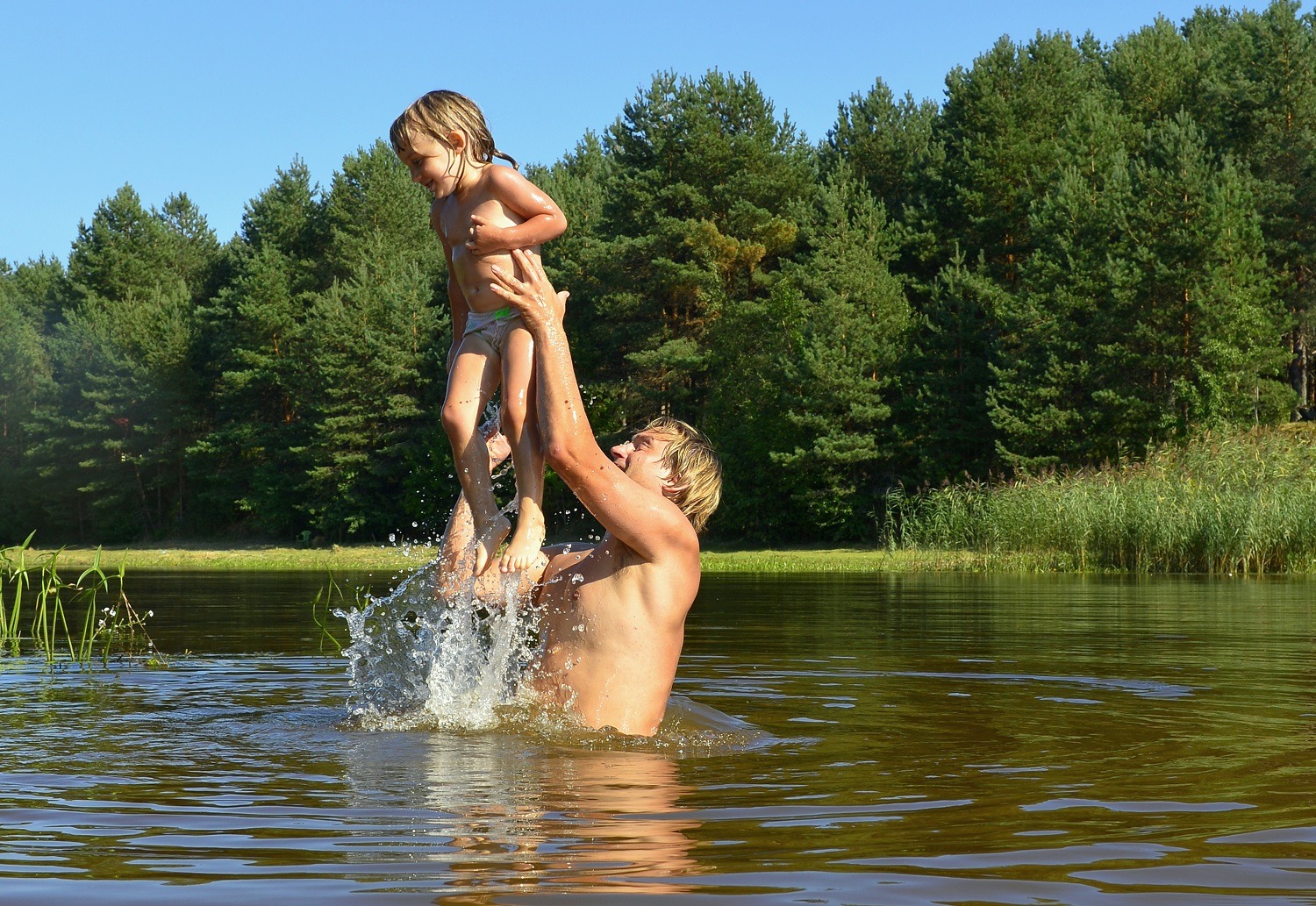
Read the signs.
Never ignore the lake signs posted by the local authorities as they help provide safety for every camper. These signs warn people of the potential hazards around the lake area, such as strong currents, big rocks, and sudden drop-offs. Safety signs are often customized to be used specifically in lakes, rivers, and beaches.
Take a swimming lesson.
Learning how to swim offers a lot of healthy benefits. More importantly, it can save you from a drowning accident. If you do not know how to swim, perhaps you should cancel the lake camping trip and enroll in swimming lessons first. Learning how to swim will not only let you enjoy water activities but also help you keep your loved ones safe while in the water. Aside from adults, it would also be wise to enroll the kids in swimming classes at an early age, so they can learn the different water safety rules and build life-saving skills. A case study entitled “Association Between Swimming Lessons and Drowning in Childhood” found that children enrolled in swimming lessons had an 88% reduced risk of drowning.
Learn CPR and first aid.
Attending first aid training will let you know what to do during a water rescue operation, which includes helping someone having trouble in the water safely, call for emergency help, and CPR—American Red Cross. This can help save your life and that of your loved ones when going to water activities.
